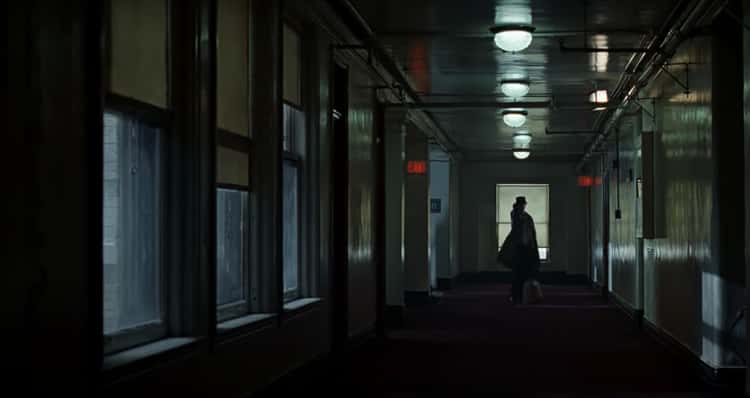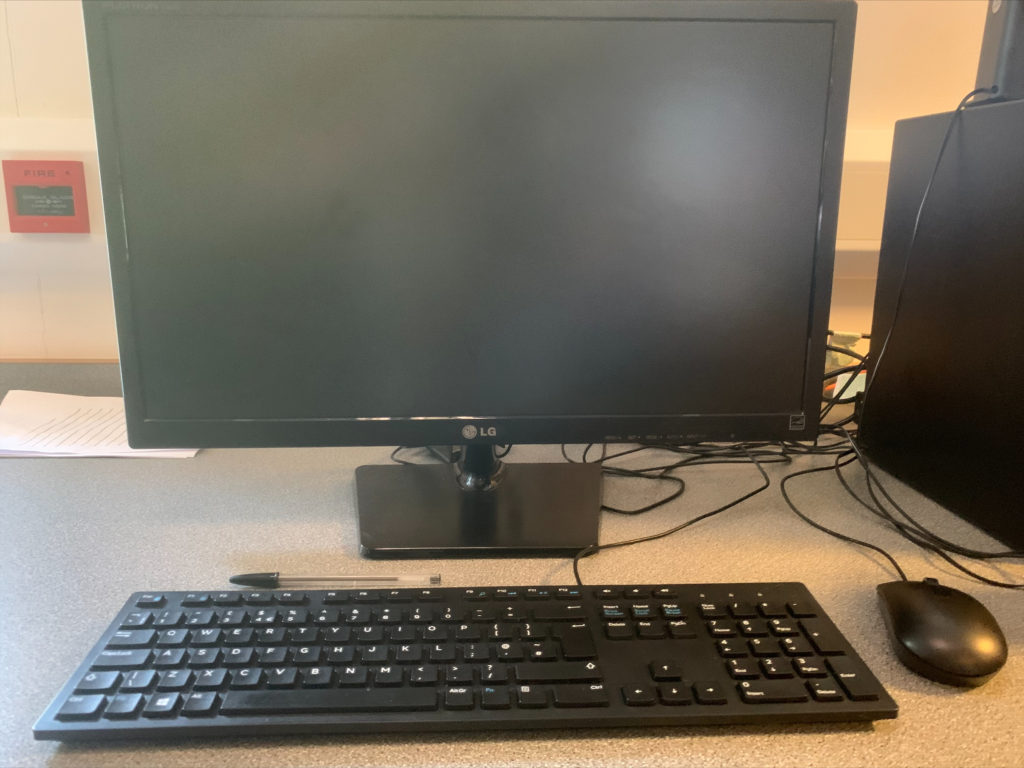The initial element of mise en scene I picked up on was costume and setting. One of the first scenes we see is Detective Somerset (played by Morgan Freeman) getting dressed for work in his house. From that scene alone we can establish that Somerset is a basic man, living alone and is very tidy and clean. He puts on a finely ironed shirt, smart pair of trousers, a tie, a trench coat, and a hat. This establishes his character right from the start as the audience can see from his clothing and house that he is an old-fashioned detective and highly professional.
On the contrary, we next see young Detective Mills (played by Brad Pitt) getting ready in his own home. His house is messy with cluttered boxes. He is seen wearing a wrinkled white shirt, he chucks a tie around his neck and grabs a black leather jacket. The contrast between the two detectives presents to the audience the dynamic that will soon occur between Mills and Somerset. Mills is clearly more reckless than Somerset and the leather jacket is also a sign that he is more ‘street smart’ while Somerset prefers to adopt a more practical approach. This initial inference can be made based on the costume and setting alone, due to the clever use of mise en scene.
Another scene in Se7en that uses mise en scene effectively is when both detectives are chasing John Doe (the killer) through his apartment building. The scene uses low lighting with high contrast which instinctively makes the audience feel tension, the killer could be anywhere in the shadows. As for the killer himself, John Doe also chooses practical clothing. He wears a long, dark jacket with a wide brimmed hat that conceals his face. This implies that, like Somerset, he is a practical man, and it creates a sense of mystery in the character.
As the scene progresses the camera angles are shot from various angles and heights. Shots of John Doe are often filmed from a distance, implying the Detectives are barely able to keep up with him and he is always ahead of them.



